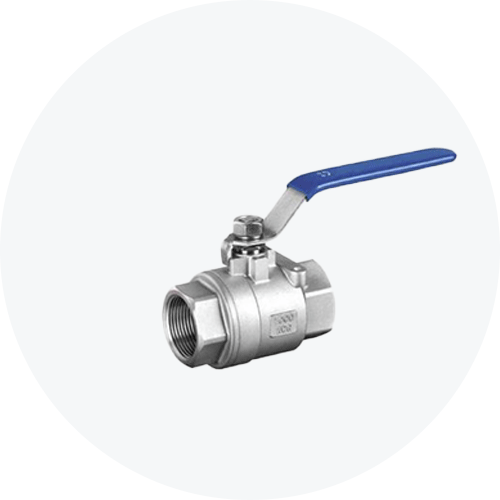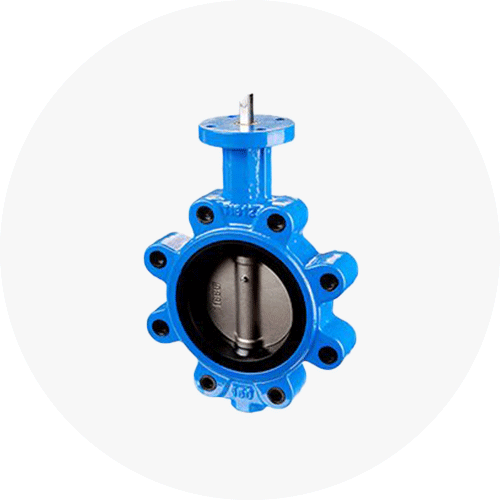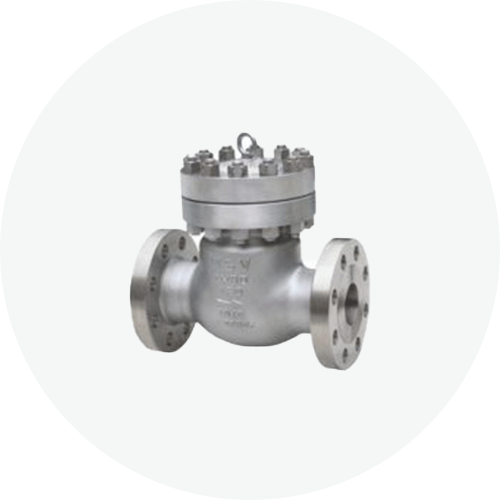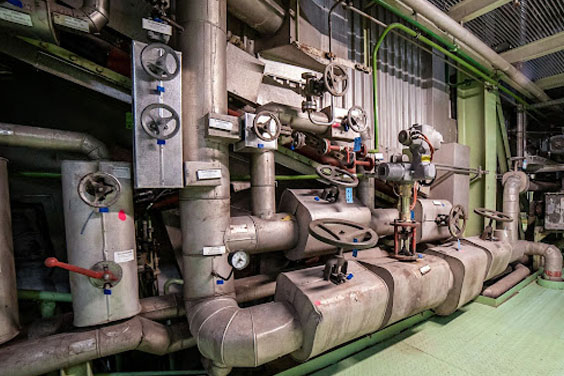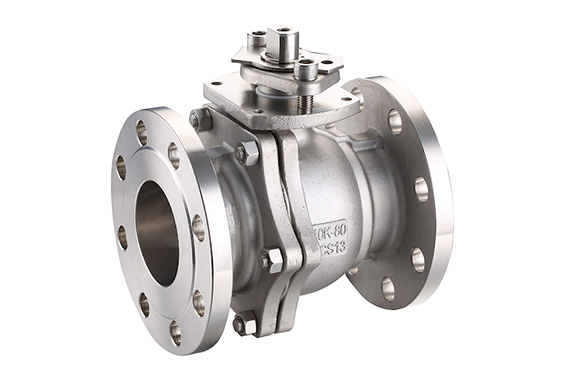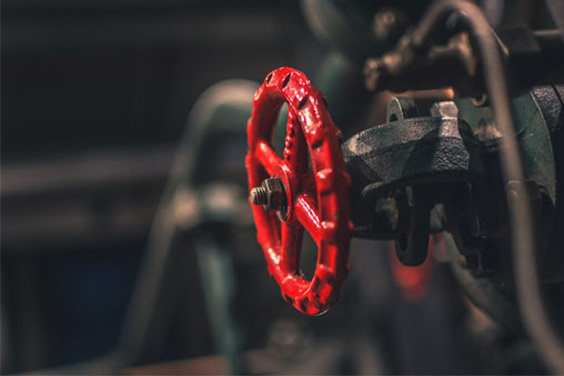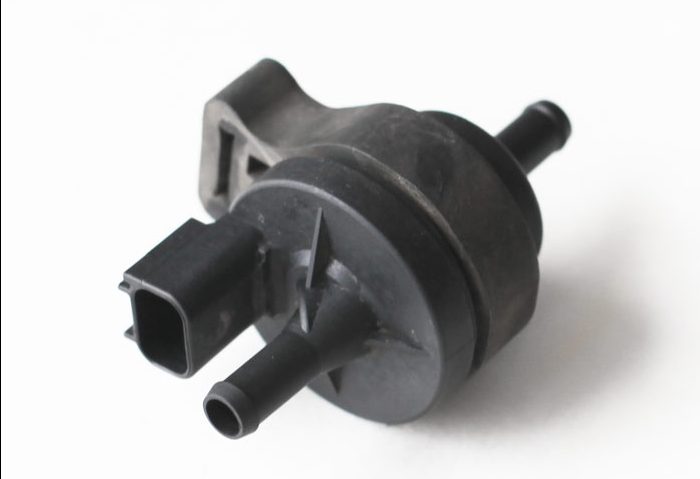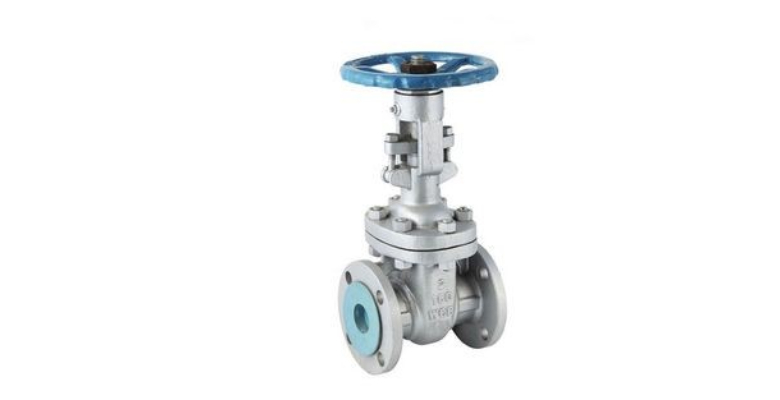Valves are key in directing the passage of air or fluids via pipes or tubing, and it’s all too easy to forget all about them until something goes wrong. valve maintenance, on other hand, can help prevent problems in the first place.
Now, since valve maintenance is quite essential, it is imperative to know what to do so that you can enhance the performance and overall durability of the valves. Therefore, in this article, we are going to look at the different ways you can maintain and repair valves. Continue reading to find out more!
Table of Contents
Benefits of Valve Maintenance
1. Ensuring Your Valves in Good Functioning Order
Source: https://www.pinterest.com/
The goal of obstructive maintenance is to keep your valves running better for longer. You may notice that your valves are hard to turn or won’t open or close if you don’t perform this maintenance. This could be because of a number of factors, including worn-out valve seats or elastomeric seals. If you don’t deal with these problems right away, they could evolve into difficulties that require an emergency shutdown later.
2. Increasing security
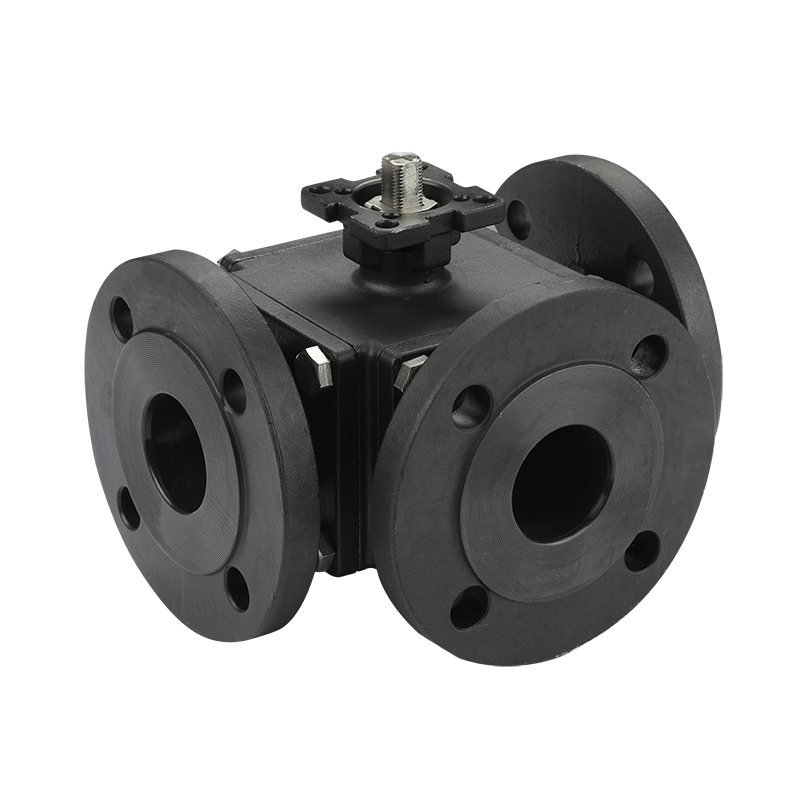
Source:SIO
The most important thing you can do to safeguard the safety of your equipment and workers is to have routine maintenance conducted by properly trained valve experts. Regular maintenance lowers your chance of an emergency and the tragic repercussions of a valve malfunction, such as an explosion, by maintaining your valves in good operating order.
3. Taking Steps to Reduce the Need for Shutdowns

Source: SIO
Proactive valve maintenance reduces the number of emergency and scheduled shutdowns. A great deal of servicing can be done while valves are in operation and under pressure using today’s technologies.
4. Putting Money Aside
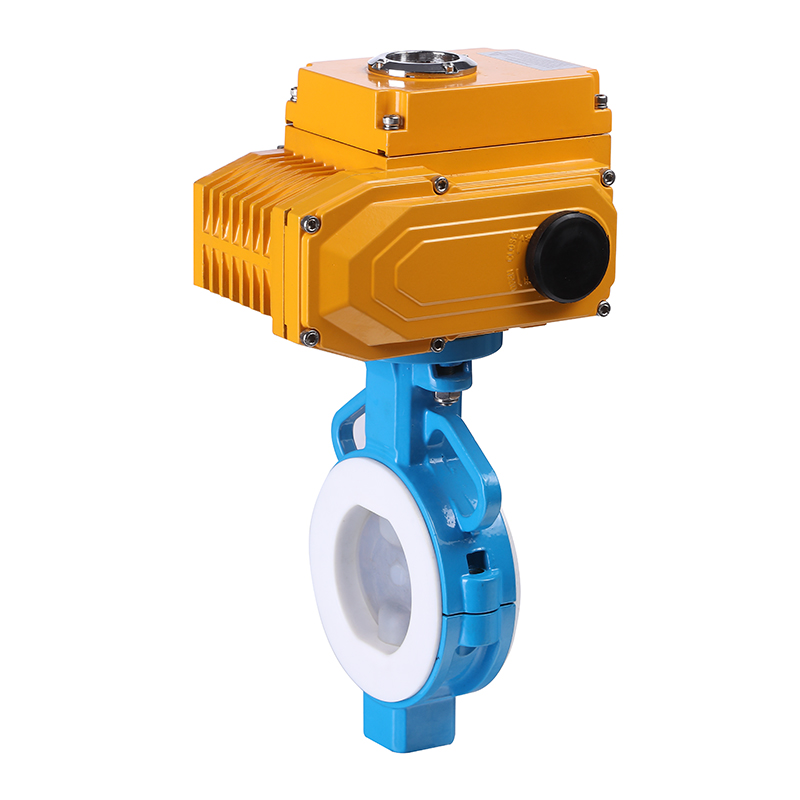
Source: SIO
Regular maintenance enhances the life of your valves, requiring fewer replacements and cutting the level of repair work required during the valve’s useful life. For example, strengthening the bolts on sleeved plug valves in extremely corrosive situations may be enough to remedy a leaking problem and give your valves years more life.
5. Getting Rid of Fugitive Secretion
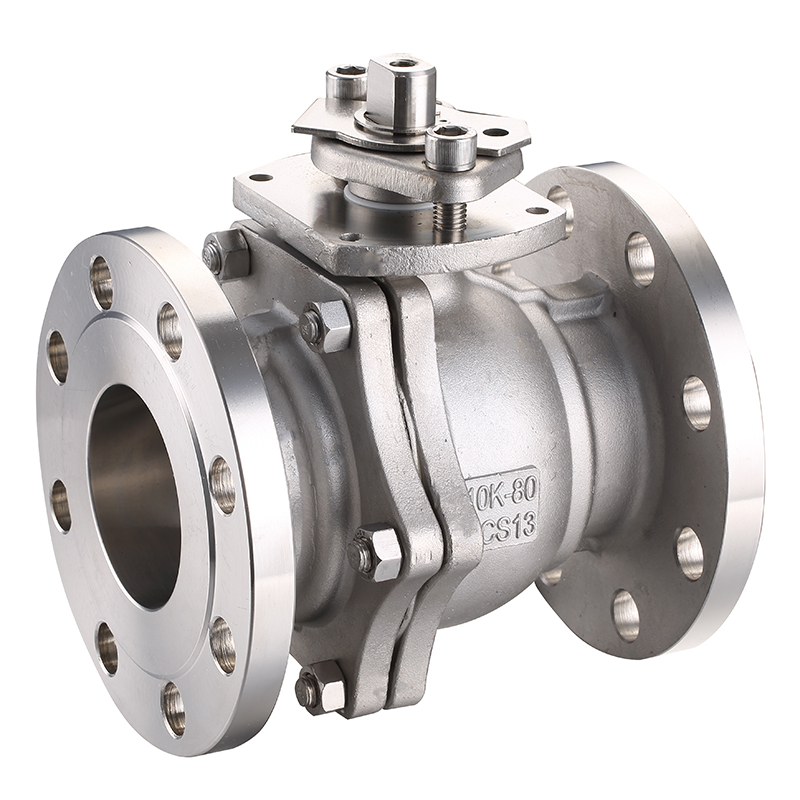
Source: SIO
Valves that aren’t working properly are a major source of fugitive emissions. According to research published in Chemical Engineering magazine some few years back, leaking valves are responsible for 60% of fugitive emissions in distilleries. Regular maintenance retains your valves in top form, making your projects more environmentally friendly.
Valve Maintenance Procedures
1. Clean Them
Cleaning your valves is one of the simplest methods to extend their life. Cleaning cycles vary per person, but it’s a good idea to clean your valves at least once a year. You should clean your surroundings more occasionally if it is dirty or dusty. Cleaning the valve casing using a towel or wire brush is the simplest method. It will last longer if you keep it clean because it will prevent accumulation on the valve stem and other working parts.
2. Assessments on a Regular Basis
Your valves should be examined and checked on a regular basis. Valves that are subjected to significant stress (temps or force) should be monitored more frequently than others. When you push a valve to its limit, it will fail faster.
Ascertain that the enclosure is suitably ventilated. Make sure all bolts, nuts, and other hardware are securely fastened. To make sure the valves aren’t jammed, open and close them as often as feasible. If you discover any leaks, you should fix them right away.
Fugitive secretions are frequently caused by leaking valves. Mineral accumulation or corrosion on the casing can immediately reveal leaks. To confirm that the valve position indicator is producing an accurate signal, test valves that are generally static.
3. Routine Shutdown Maintenance
Mineralization, tarnish, and wearing will corrode the parts inside your valves over time. Machinery shutdowns are an ideal time to inspect your valves. Disassemble them, clean the inside, and restore any damaged or broken parts. There are a number of rubber and plastic parts that may need to be changed in conjunction with metal elements. If you find any brittle or rotting pieces, replace them as needed.
4. Lubricate the Valves
Source: pinterest
Oiling is among the most Ignored but cheap parts of valve maintenance. Miss this Process and you may experience convulsion or, at the very least, declining in performance. Lubrication on a Repetitive Basis can also help valve seal, prolonging their service life. The key is to turn the valve to allow the lubricant to enter the valve cavity.
This will Lengthen the valve’S life by reducing abrasion. Valves Maintenance requires you to select the appropriate lubrication for your specific valves, Relying on the setting. Do Not Just Get the First Thing You Seize. Lubricants come in Various attributes.
Water-impenetrable, Lithium-based, high temps, Carbon dioxide resistance, and other attributes are all a possibility. For Instance, in stick-type lubes, clay or similar solid-based thickening agents may be added, which can solidify and leave solids in the valve, causing it to the clutch.
In addition to lubing, you may need to protect your valves from temp changes in the air, particularly if the pipes are on the exterior side. If this is the case, adding and maintaining protective insulations to your valve maintenance routine may be needed.
How to Test Industrial Valve
Why is Testing Essential?
Control valves that operate with accuracy are critical to the smooth and safe functioning of industrial procedures and machinery. When valves properly regulate process factors such as temperature, stress, and movement, the production value is at its best.
Valve testing and performance monitoring improves product quality and, more significantly, security. Several factories or refining explosions have been blamed on valve failure. To maintain security, they adhere to established norms and industry standards.
What Techniques are used to Test Industrial Valves? (How they are conducted)
1. Pressure Test(Globe and Throttle Valves)
Source: pinterest
Throughout the strength test of the globe and throttle valves, the valves are generally positioned in a pressure test rack, the valve disc will be opened, the material is pumped to the stated value, and the valve body and valve cover are examined for sweating and leaking. The strength test can also be performed on a single piece. Only stop valves are utilized in the sealing test.
Throughout the test, the sealed valve’s valve stem is perpendicular, the valve flap is unlocked, and the medium is supplied to the given value from the valve flap’s underside. Close the valve flap and release the other end of the valve to check for leaking after passing the test.
If one or both valve strengths and constriction tests are to be conducted, the stress should be dropped to the appropriate tightness test value, and the packers and gaskets should be examined before closing the valve flap and opening the outlet end to check for spillages on the sealing surface.
2. Pressure Test Method(Gate Valve)
Source: pinterest
The ultimate strength test for the gate valve is equal to the globe valve. The gate valve sealing test can be done in two ways.
- Open the gate, close the gate, and immediately eliminate the gate valve to examine the gaskets on both sides of the gate for leaks, or introduce the test medium to the indicated value straight into the plug on the valve cover to surge the pressure inside the valve to the predetermined value. The test of intermediate pressure is what the approach above is called. This method is ineffective for sealing tests on gate valves with nominal diameters less than 32 mm.
- The other way is to open the gate, close the gate, and open the blind plate at one end to see if the sealed surface is seeping in order to elevate the test pressure of the valve to the prescribed value. Turn the head and reapply the above exam till it passes. A pneumatic gate valve packing and gasket sealing test must be performed prior to the gate sealing test.
3. Pressure Test Method(Butterfly Valve)
Source: pinterest
The globe valve strength test is similar to the pneumatic butterfly valve strength test. The butterfly valve’s sealing production test will necessitate the test material from the inflow end of the media, the butterfly plate open, the other end closed, and the injection pressure to meet the particular value; after testing the tight seal and other seals without leakage, close the butterfly plate, open the other end, and check the butterfly plate. It meets if there is no leakage at the seal. The butterfly valve that controls the flow cannot be inspected for seals.
Why Is Ball Valve Maintenance Important?
While getting a durable and quality ball valve can significantly help lower maintenance and repair costs, it is also essential to ensure proper maintenance regardless of the quality. Manufacturers tend to forget that maintenance is an essential game-changer when increasing the lifespan of the ball valve. Like every machine and equipment, they are prone to depreciation over time. Not giving enough importance to maintenance will further increase replacement costs when the ball valve becomes non-functional. The following are some of the reasons why maintenance is essential for a ball valve:
1. Effectiveness Of The Valve
Using ball valves for prolonged periods can decrease the valve’s efficiency in flowing fluids. The friction increases during extensive usage and maintenance can eradicate this problem by lengthening its lifespan and ensuring optimal working conditions. With time, it is not difficult to notice that opening and closure become a challenging ordeal. This may be due to dried seals. To avoid emergencies in manufacturing areas, it is crucial to maintain the components in workable conditions.
2. Safety In Operation
Prevention is always better than cure, and as such, the first step to avoiding an emergency is to ensure that maintenance of machines and equipment is not taken for granted. Not only will it protect the working environment, but it also promises the safety of the workers and administrators in the setting. Neglecting this area can be a call to dangerous situations that can cause severe injury, loss of eyesight, and possibly even death.
3. Cost Saving Prospects
Many manufacturers and plant owners try to reduce their costs by compromising maintenance. However, many research studies show that a significant amount is spent on frequent replacements caused by not giving maintenance priority. It can be said that maintenance helps in elongating the lifespan and quality of working of ball valves. The opportunity costs involved in replacing the ball valve rather than repairing is immense.
4. Harmful Emissions
Fugitive emissions are a common phenomenon in industrial settings with substandard operating levels. About 60% of the harmful pollutants are caused due to negligence of ball valve maintenance. Another benefit one can gain from regular maintenance and timely repairs of ball valves are to protect health and ensure the safety of everyone involved.
5. Longevity
When maintenance of ball valves is taken care of, the owners can take a backseat to the burden of frequent replacements. They save a huge amount of investment in new bulk orders and reduce the room for potential repairs. Regular maintenance of ball valves reduces downtime by a significant degree, thereby keeping costs in control.
How To Repair A Leaking Valve
Leakages are a common phenomenon, especially in an industrial setting. This can happen due to various reasons like ill-fitting, irregular surfaces, and the pressure of the stem. Ball valves often leak around the application area, around the stem in most cases. Certain components are responsible for air-tight sealant- the nut and packing washer. Any hampering in this area can result in heavy leakages. As the stem transits through them, fixing this area through the following process can also help prevent future leakages:
Materials Required
- Multi-purpose Screwdriver
- Adjustable wrench
- Packing washer
- Screw
- Replacement parts
- Lubricant
- Sponge
Procedure
To facilitate valve replacement, disassemble the handle and the nut. Proceed to fix the ball valve, and assemble back in. The procedure for fixing a leaking valve is as follows:
Step 1: Shut Off The Water System
The first and foremost step is to turn off the water distribution supply. Doing so will ensure no water leakage while fixing the ball valve. Shut it off completely and make sure there is not a drop coming out of the handle. Drain the remaining water and dry the valve with a sponge. Remove the handle with the help of a screwdriver. Then, disassemble the valve entirely.
Step 2: Disassemble The Valve
Disassembling will enable a thorough inspection of the components and determine the exact cause of leakage. Prepare replacement components for the ball valves when the problem has been identified. To ensure easy assembly, keep all the parts in one place safely.
Step 3: Replace Worn Parts Of The Ball Valve
Before replacing the damaged component, ensure the parts are thoroughly lubricated to prevent any potential damage from friction. Assembling ball valve components from the reverse sequence can help assemble them in the right order and prevent parts from going missing. If a proper lubricant is unavailable, petroleum jelly can serve as an effective replacement.
Step 4: Open The Water Supply
Slowly and deliberately open the water supply and see if the parts stay intact from the high-end pressure. If they do, then the procedure is successfully executed.
Ball Valve Maintenance
Whether one maintains the ball valve or not has a direct impact on its working and longevity of life. One must not ensure maintenance when a problem occurs but at regular intervals at every point of the valve’s lifetime. Every maintenance program is different among manufacturers, but the following points sum up an average maintenance schedule:
Proper Installation
Most of the accidents that involve ball valves are due to faulty installation. Certain ball valve suppliers ensure that professionals handle the installation process, as any default in fixing can lead to heavy leakages and emergencies. Ensuring that installation is taken care of by experienced and trained individuals will promise a healthy life for the ball valve.
Cleaning
Maintaining a properly planned cleanliness schedule can prevent dust particles and debris from clogging the ball valve. Such clogging restricts the smooth flow of fluids and, thus, breaks the essential function it is meant for. Cleaning can also enhance the quality of the setting’s piping system. This process is a straightforward way of maintaining a ball valve. Clean, warm, and damp towels clear all the dirty oils and debris from the casing, effectively removing dirt from the stem.
Avoid using corrosive materials that can potentially corrode the metal. For example, compressed cleaners work best with metals, while alcohol-based ones clean the non-metal components without damage. The frequency of cleaning depends on the dust levels in the manufacturing site.
Lubrication
Avoiding abrasion and using lubricants on the valves can help smoothen the operation and prevent the components from sticking together. Proper application of lubricants is essential to keep the effectiveness of the machine. Oil-based lubricants work best with metal components. If not available, one can also use synthetic lubricants to prevent clogging.
Inspections
It is possible to miss out on certain aspects while regularly carrying out maintenance procedures. Having a professional inspector with expertise in ball valves can help highlight certain problems that can cause severe damage. Depending on your manufacturing setting, it is important to get them frequently checked to address the following issues:
- Tightness of bonnet nuts
- Mineral debris
- Corrosion
- Signs of leakage
- Smooth opening and closure
- Positional accuracy
- Air filtration systems
Conclusion
Valve maintenance is as essential as understanding the relevance of getting the quality of the valve right. That is why at SIO, we conduct a series of tests to ensure that what gets to you is beyond the industry set standard. Contact us for any inquiries you may have concerning valves. Best of luck!

